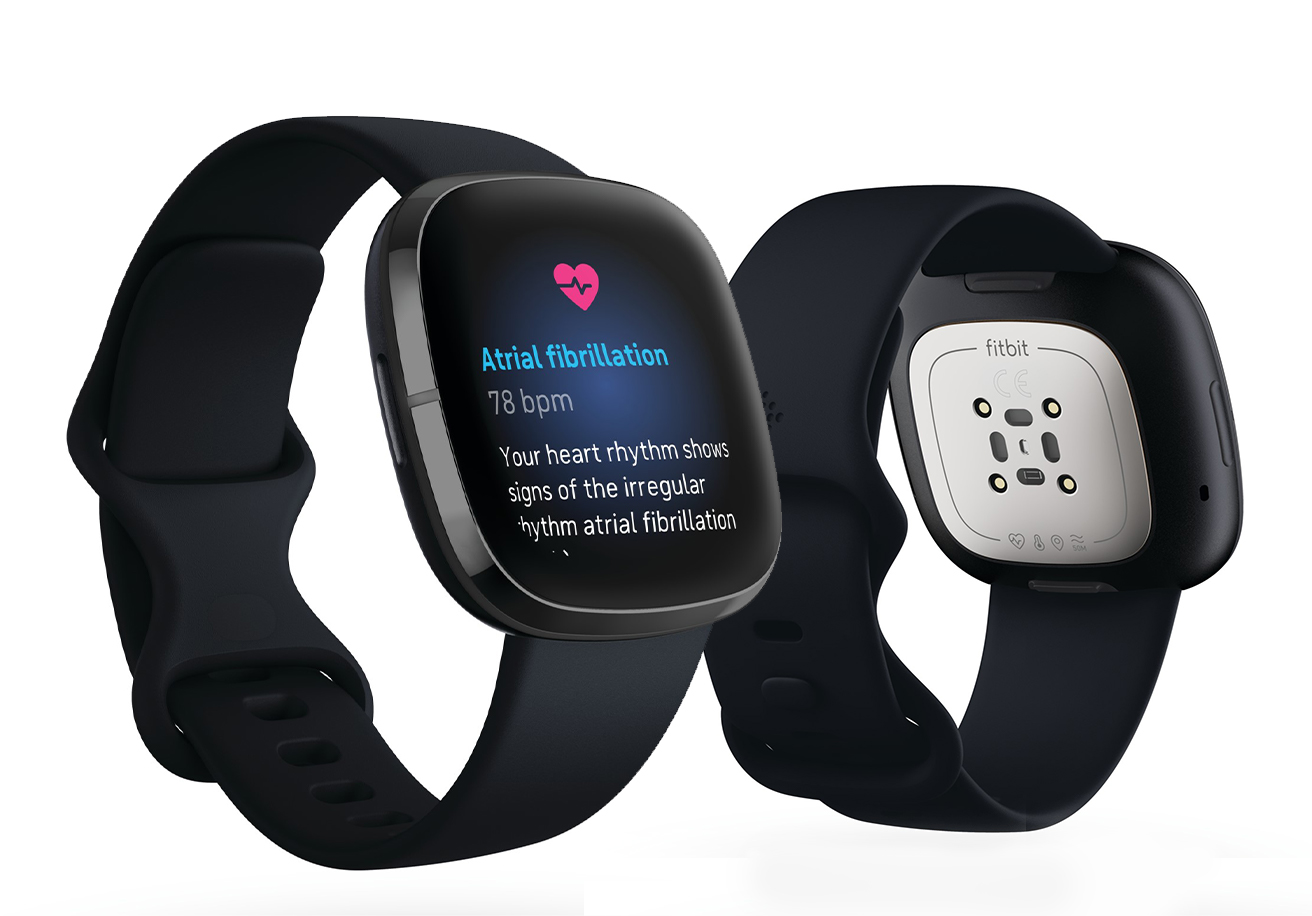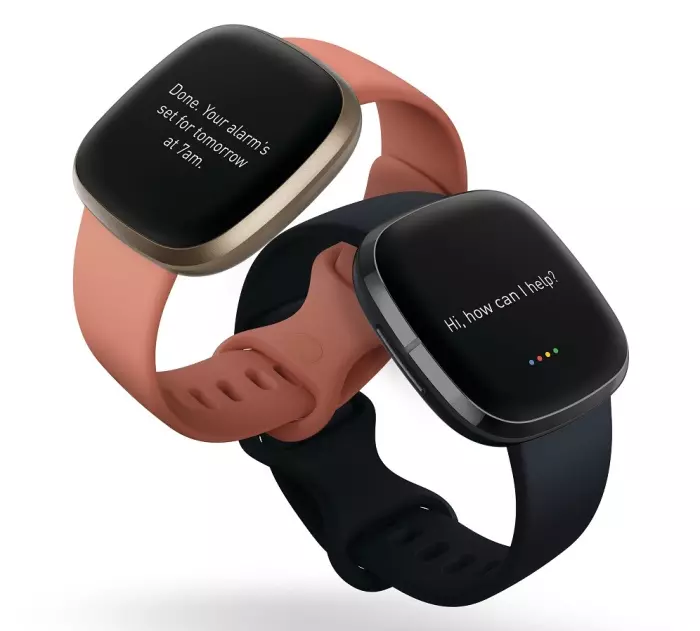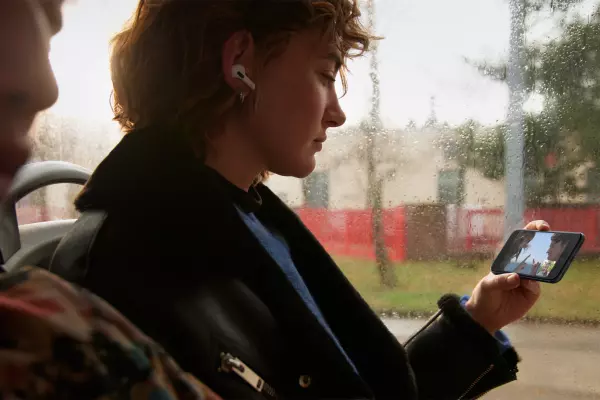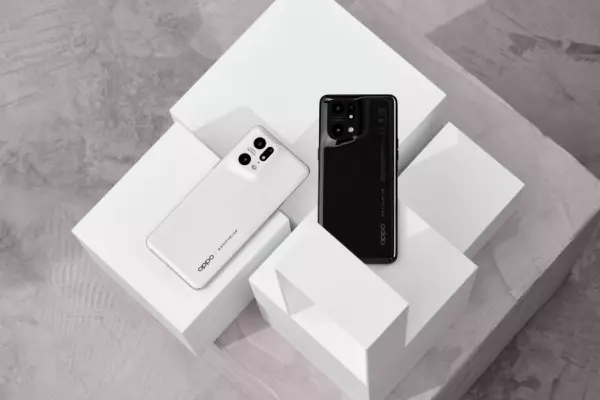Ever since the dawn of wearable fitness trackers, Fitbit has remained one of the only constant brands in the game. Rival companies such as Jawbone and Pebble have come and gone. Fitbit acquired Pebble, and now Fitbit itself has been taken over by Google. But that hasn’t stopped Fitbit from releasing the Versa 3 and Sense – two excellent smartwatches.
I’ve been wearing both (sometimes simultaneously) to see if it’s worth spending more on the Sense. Up top, both are well-rounded, refined smartwatches that justify their shortcomings thanks to solid features and long battery life for the right prices.
Both are among the most fully featured Fitbit products to date, with activity tracking for multiple sports and activities, sleep tracking, menstrual health tracking, heart-rate sensors, built-in GPS, app notification support, and with Google and Alexa voice assistants on board.
The $449.95 Versa 3 keeps the same design language as the earlier Versa models but has no physical buttons. Instead, there’s a touchscreen and virtual button on the left edge that reacts with haptic feedback to squeezes or pushes. It takes a little getting used to.
The $579.95 Sense is hard to tell apart from the Versa 3: it has the same virtual button, silicone loop strap and body design, but has a stainless-steel bezel around the screen rather than the aluminium of the Versa. Both feel premium on the wrist.
 The Fitbit Sense watch.
The Fitbit Sense watch.
Packed to track
Feature-wise, the Sense adds stress-management tools; its stainless-steel bezel is able to conduct skin-temperature readings that the software collates with your mood. Fitbit claims this electrodermal activity (EDA) sensor is the first on a smartwatch.
You tap into the EDA app on the watch and place your hand over the display, touching the bezel. A small vibration indicates the two-minute timer has started, then buzzes again when the time is up. You can then record your mood, and the Sense collates the data points over time to map out your stress levels.
The science feels somewhat dubious, but it is a good way to log your skin temperature and mood, if nothing else, while making you more aware of your emotions and allowing you to reset or calm down. I found the results interesting to track.
The Sense has an electrocardiogram (ECG) sensor built in. Also found on the latest Apple Watch Series 6, the ECG sensor can record your heart rhythm and alert you to any signs of atrial fibrillation (irregular heartbeat, which can cause stroke and heart failure). Unfortunately, unlike Apple, Fitbit still needs regulatory approval before buyers in New Zealand can use it. The app sits dormant on the Sense, though Fitbit says it hopes it will get local approval this year.
Both the Sense and Versa 3 record sleep patterns and have sensors that detect SpO2 levels, an estimate of blood oxygen saturation. Wearing your Fitbit to bed collects the necessary data, which can then be viewed in the Fitbit app on your phone.
But, oddly, unless you pay for a Fitbit Premium subscription (more on that later), you can view your SpO2 levels only by setting either watch to display Fitbit’s SpO2 watch face. This isn’t the case for any other features, and all other metrics such as sleep patterns, workouts, and stress can be viewed within the Fitbit app. It’s a strange choice and feels like an oversight.
I’ve used the Fitbit app in the past and I still find it unintuitive. For new buyers there will be a steep learning curve working out where all the helpful features are buried in the busy user interface.
 The Fitbit Versa 3.
The Fitbit Versa 3.
Ups and downs
Fitbits excel when they blend into the background and quietly do their job, which is collecting your health data. Daily steps, calories burned, and floors climbed are the main stars of the show here, and you can set daily goals.
Both watches have built-in GPS so you can go running or cycling and leave your phone behind, the route still accurately tracked. But you’ll probably still bring your phone as you can’t download songs from Spotify directly onto the watch. It’s possible with Deezer, but Spotify’s popularity means this an annoyance.
The Fitbit Pay feature lets you use PayWave from your wrist, but in New Zealand, this currently works only if you’re with ASB.
And while there is a Fitbit app store, it is very anaemic, with only Spotify and the New York Times among the recognisable brands. The Apple Watch has Fitbit bested by a country mile when it comes to third-party app support.
Both Fitbits are adept at on-wrist notifications, thankfully, though as with most smartwatches, I found myself turning them off, such is the distraction.
Both watches also have the option for an always-on display, handy if you want the time constantly showing. This drains the battery considerably, and you’ll get four to five days of battery life if you turn it off. I found this a good compromise, considering every Apple Watch needs charging daily.
A downside to Fitbit products is that to get the most out of them, you need to pay for Fitbit Premium. The subscription costs $16.99 a month, or $134.99 for an annual service. While not the only paid smartwatch software on the market, it’s rare, and I don’t think it’s worth the spend.
I also resent that some of the features are locked behind its paywall. You get access to a few more sleep metrics, guided workouts and guided fitness programs, and the app can generate a “Wellness Report” you can share with your doctor.
I came away with the impression I don’t need the features to enjoy either watch, while also feeling short-changed that they aren’t included in the app after you’ve shelled out for an expensive product. The worst part is knowing there are data insights your watch is collecting but won’t show you until you pay up.
The weigh-in
Unless you really want to record your skin temperature or wait for the ECG function on the Sense, I recommend the Versa 3. It has the same great design, the SpO2 sensor, and every other feature for a full $130 less. You could get a year of Fitbit Premium with the money you save.
The Sense is very good, though, and the stainless-steel design looks better, as well as providing more functions.
Both watches have excellent battery life, and with the built-in GPS are solid, more affordable alternatives to the Apple Watch Series 6, although the Apple Watch SE, at $479, is only $30 more than the Versa 3.
But for Android users, the Fitbit Versa 3 or Fitbit Sense are easy to recommend as go-to purchases.














